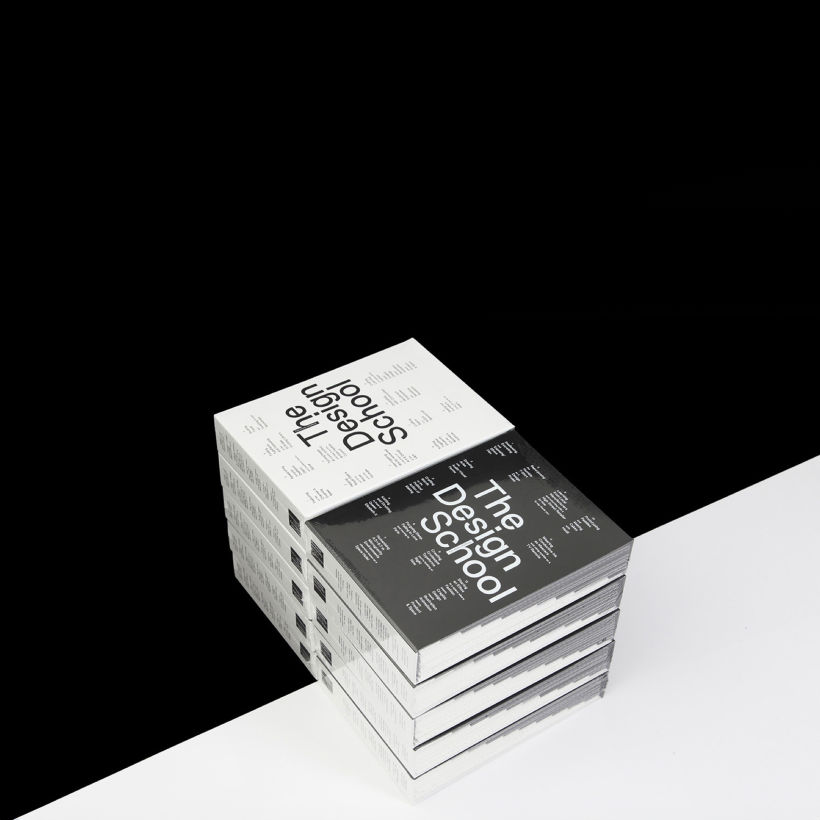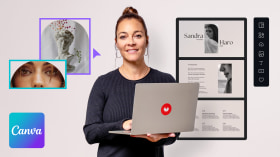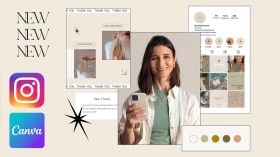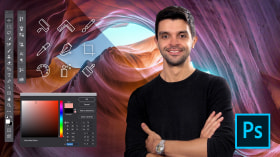Crafting Your Style in InDesign: An Editorial Design Guide
In the realm of editorial design, finding your unique voice is pivotal. It sets you apart, defines your work, and communicates your vision to your audience. Adobe InDesign, with its comprehensive toolkit for layout and design, offers endless possibilities for creative expression. This article explores strategies to help you carve out your own style in editorial design using InDesign, ensuring your publications stand out in a crowded marketplace.

Embrace Experimentation
The journey to finding your style starts with experimentation. InDesign's vast array of tools and features, from grid systems to typography, invites you to play and explore. Try different layouts, manipulate columns and margins, and experiment with leading and kerning until you find a rhythm that feels uniquely yours. Use master pages to create consistent headers and footers, exploring how these elements can become signature aspects of your style.
Study the Masters
Understanding the history and evolution of editorial design is crucial. Study the work of pioneering designers like Jan Tschichold, Milton Glaser, and Paula Scher. Analyze how they use space, typography, and imagery to create compelling narratives. InDesign can help you replicate and adapt these techniques, allowing you to learn from the best while developing your unique approach.
Play with Color and Imagery
Color and imagery can dramatically affect the look and feel of your designs. InDesign allows for precise color management, enabling you to experiment with color schemes that reflect your personal aesthetic. Likewise, use the software's image handling capabilities to explore different ways of integrating photography and illustrations into your layouts. Whether you prefer bold and vibrant images or a more subdued palette, your use of color and imagery can become a hallmark of your style.
Leverage InDesign's Advanced Features
Delve into InDesign's advanced features to push the boundaries of traditional editorial design. Explore data merge for dynamic content, use object styles for consistent visual elements, and experiment with layer effects to add depth to your layouts. InDesign's ability to create interactive PDFs and digital publications also opens up new avenues for innovative design.
Develop a Workflow That Works for You
Your workflow can influence your design style. InDesign offers customizable workspaces, allowing you to organize tools and panels in a way that suits your design process. Create templates for frequently used layouts, automate repetitive tasks with scripts, and use libraries to manage assets. A streamlined workflow lets you focus more on creativity and less on mundane tasks, facilitating the development of a unique design approach.
Lastly, remember that finding your style is an ongoing process. Regularly review your work, seeking feedback from peers and mentors. Reflect on what elements feel authentic to you and resonate with your audience. In my Domestika course you will learn how to use InDesign to refine your designs continually, embracing the software's flexibility to adjust and evolve your style over time. Such skills will definitely help you to develop a distinctive style that captures your essence as a designer and resonates with your audience.







0 comments